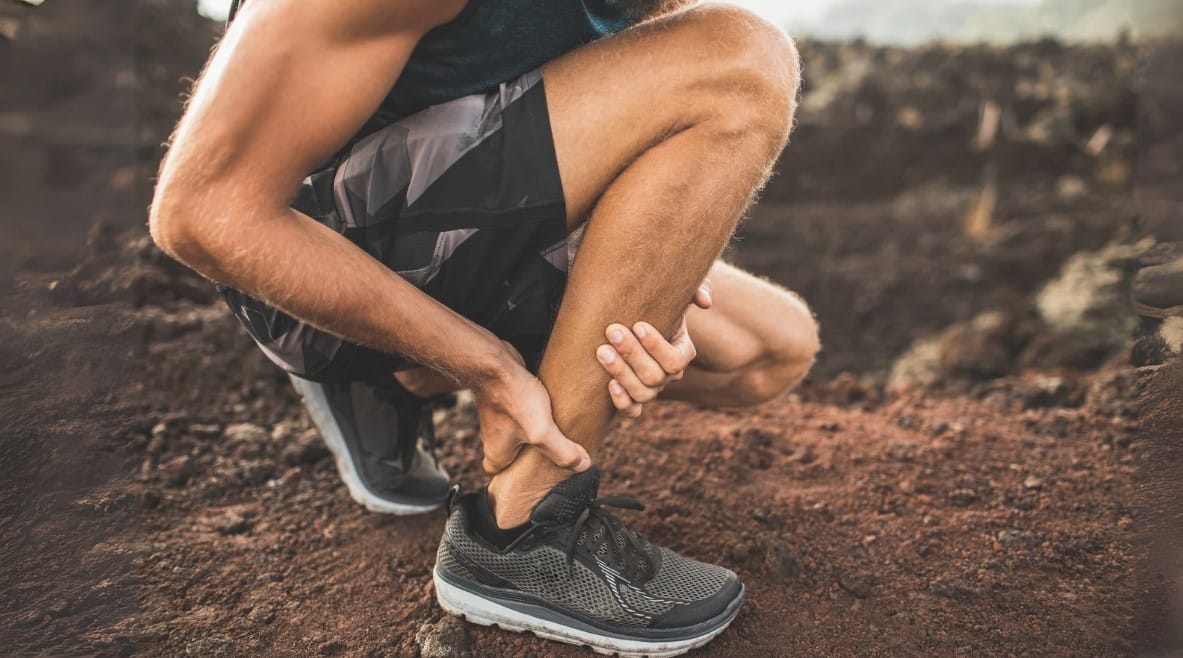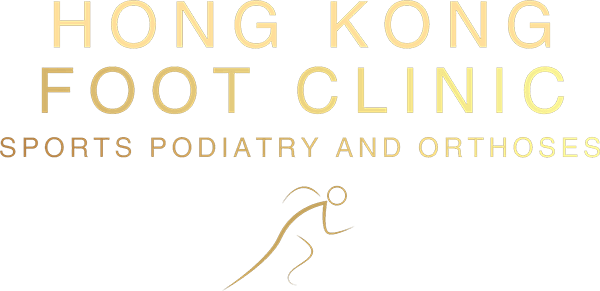SPORTS PODIATRIST- SEAN FARNAN
“All for one and one for all. Not when it comes to footwear!”
The shoe market is ever in flux. Advancements in the understanding of biomechanics and material science drive innovation in the footwear market, however, market/fashion trends and the need to always produce something new are also leading factors for change. Having worked in one of Australia’s leading technical running shoes stores, I’ve seen it all. Shoe design fads promising better performance and injury prevention and even shoe brands themselves have come and gone. Without having an intimate understanding of the market as well as biomechanics, it can be near impossible to interpret what is new and whether its positive change or not.
15 years ago, the barefoot shoe/minimalistic shoe rose in popularity, causing a large wave of disruption across the market. Many major brands were caught off guard and had to either make sudden alterations to their mainline styles or create brand new ones. This change to mainline styles and their qualities were a risk for consumers to navigate, as their body may not have been prepared for the change in forces from the new design philosophy. Despite the risk, this change was marketed as the next best thing, with apparent obvious benefits to biomechanics and load. Clinically, there was a significant inflow of patients that had acquired injuries due to poor preparation and rapid changes to barefoot footwear. While there are some barefoot shoes that still exist, as well as hybrid styles from other brands, the downfall in popularity of barefoot shoes is an indication that one shoe style doesn’t suit everyone, no matter the hype.
Currently, brands are widely adopting opposing traits to 15 years ago maximalist shoe traits. These traits, while some have organically arisen through technical advancements, other traits are due more to market hype and popular interest. While traits like increase cushioning, shoe stiffness and propulsive rock come with advantages such as shielding from ground reaction force and foot joint movement, they also come with trade offs. Possible lateral compression, instability and shifting of load are risk factors to be aware of to reduce the likelihood for injury. Over the past 5 years or so, maximalist traits have found their place in many flagship shoes of brands, flagging yet again the design philosophy change that are not totally due to technological advancement.
To navigate through these changes without clinical guidance, you should be looking to avoid change for the sake of change. Most technical innovation happens very slowly, however, new market/fashion trends can force brands to change their flagship shoes significantly from year to year. One must look for stability in shoe philosophy, even if this means sometimes the need to change shoe models. In addition, if your current shoe is not working for you, it will be safer to get a clinical assessment first, rather than blindly picking the ‘latest and greatest’ shoe on the promise of better performance. The perfect shoe is yet to be made. If the newest shoe on the market sounds amazing and does everything, be aware that we are all built differently and therefore require different things. If its sounds too good to be true, it probably is.
Written by Sean Farnan
Current podiatrist at Hong Kong Foot Clinic Former Division 1 collegiate Sprinter
Former employee at Active Feet, technical shoe fitting store











